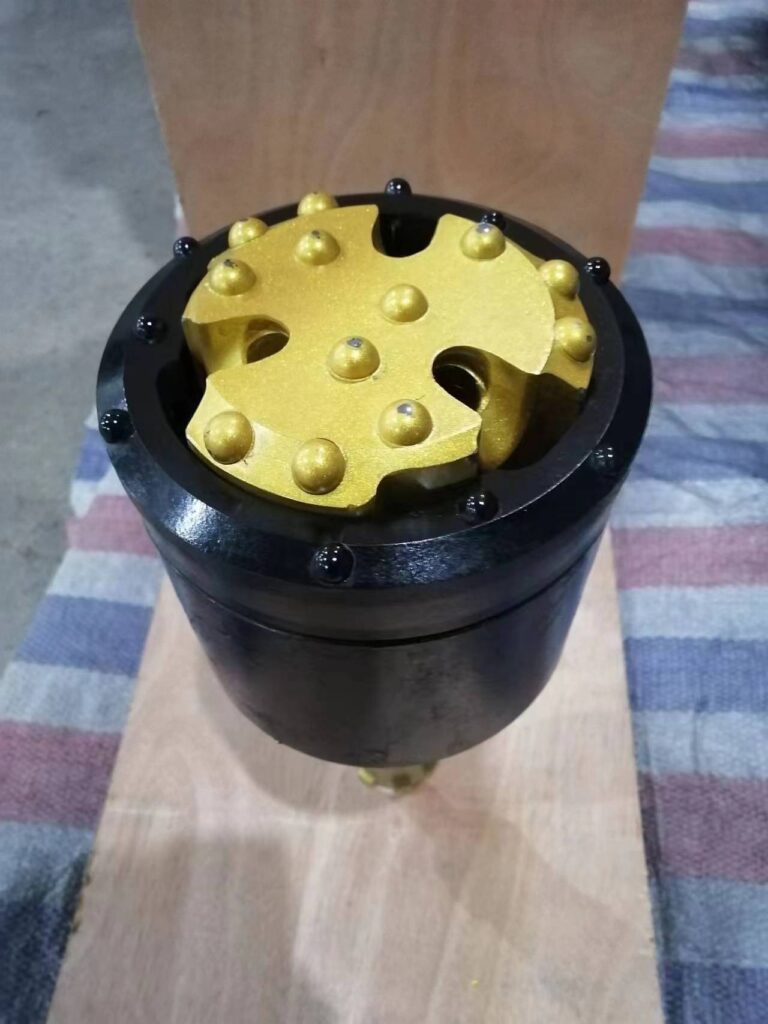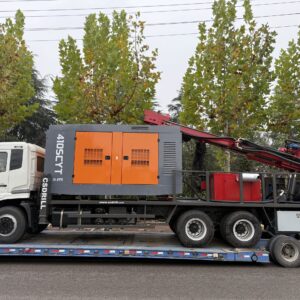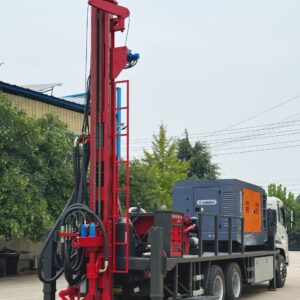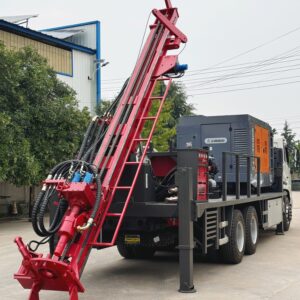In modern drilling operations, choosing the correct tools and maintaining them properly are key factors in enhancing efficiency, reducing costs, and ensuring safety. This article explores the best practices to maximize drilling efficiency by selecting and using the right drilling tools.
1. Factors Affecting Drilling Efficiency
Several factors influence the efficiency of drilling operations. Understanding these variables helps in making informed decisions about tool selection and operation methods.
- Geological Conditions: Different rock formations require specific drilling tools. Hard rock needs high-impact tools like DTH hammers, while softer formations are best drilled using rotary tools.
- Tool Quality: High-quality materials and precise manufacturing improve durability and maintain performance under extreme conditions.
- Operational Parameters: Proper control of drilling speed, pressure, and torque is essential to prevent premature tool wear and optimize penetration rates.
- Tool Maintenance: Regular inspection and maintenance reduce downtime and extend the lifespan of drilling equipment.
2. Selecting the Right Drilling Tools
Choosing the correct tool for your specific drilling environment is crucial to achieving high efficiency. Below are the primary types of drilling tools and their best applications:
- DTH (Down-the-Hole) Drilling Tools: Ideal for deep hole drilling in hard rock formations. These tools provide high penetration rates and better hole straightness.
- Top Hammer Drilling Tools: Suitable for medium-depth drilling in medium-to-hard rock. Known for their fast drilling speed and precision.
- Rotary Drilling Tools: Best for large-diameter drilling in softer formations. Commonly used in open-pit mining and infrastructure projects.
When selecting drilling tools, consider factors like drilling depth, rock hardness, and the required hole diameter.
3. Best Practices to Improve Drilling Efficiency
Implementing these best practices can significantly enhance drilling performance and reduce operational costs:
- Optimize Drilling Parameters: Adjust drilling speed, pressure, and torque according to geological conditions to avoid tool damage.
- Use High-Quality Tools: Invest in premium drilling tools made from wear-resistant materials to ensure consistent performance.
- Perform Regular Maintenance: Clean, lubricate, and inspect drilling tools regularly to prevent failures and extend their lifespan.
- Monitor Tool Performance: Track the performance of drilling tools to identify wear patterns and replace tools before they fail.
4. Why Choose Our Drilling Tools?
As a leading manufacturer, our drilling tools are engineered to deliver exceptional performance and durability. Our competitive advantages include:
- Advanced Materials: We use high-strength alloy steel for increased wear resistance and impact tolerance.
- Precision Engineering: Each tool undergoes rigorous testing and precise manufacturing to ensure compatibility and reliability.
- Customized Solutions: We provide tailored drilling solutions to meet the unique needs of your projects.
- Global Reputation: With over 30,000 drilling rigs and 200,000 compressors sold worldwide, our products are trusted in the most challenging environments.
5. Success Stories from Our Customers
Our customers worldwide have experienced significant efficiency gains using our drilling tools. For example:
- Indonesia: Our DTH drilling tools increased penetration rates by 25% in volcanic rock formations.
- Latin America: Clients using our rotary drilling tools achieved faster excavation times and reduced operational costs.
6. Conclusion
Improving drilling efficiency requires the right combination of high-quality tools, optimized operational parameters, and regular maintenance. By choosing our advanced drilling solutions, you can maximize productivity and minimize costs.





